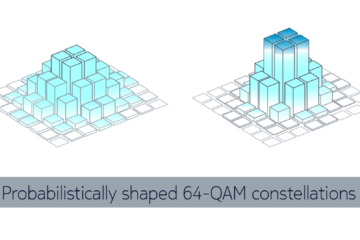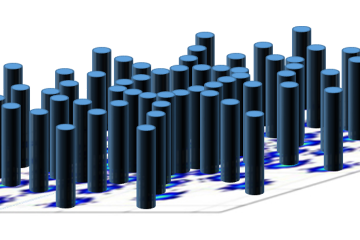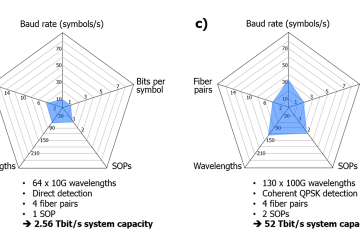Where are we at with closing the gap with the Shannon limit that sets an absolute upper limit on fiber capacity per bandwidth unit?
Read more


Where are we at with closing the gap with the Shannon limit that sets an absolute upper limit on fiber capacity per bandwidth unit?
Read more
Microsoft sunk again an undersea data center, this time collocated with marine renewable energy site in Scotland’s Orkney Islands.
Read more
Every year the OFC conference is a big opportunity for equipment and component suppliers to share their latest optical transport technology news.
Read more
This article from OpticalCloudInfra, published in November 2017 Issue of Submarine Telecoms Forum, talks about subsea cable system capacity maximization.
Read more
Combining multiple advanced technologies, recent lab demos and field trials demonstrate impressive increase in subsea cable system capacity.
Read more
Constellation shaping is a way to outperform conventional modulation schemes capacity wise and to operate subsea cable closer to the Shannon limit.
Read more
Various multiplexing options are available for increasing subsea cable system capacity and lowering the cost per transported bit as well.
Read more
In a theory developed in the 40s, the Shannon limit provided a fundamental law that still governs the maximal capacity of modern coherent optical networks.
Read more
Every year the OFC conference is a big opportunity for equipment and component suppliers to share their latest optical transport technology news.
Read more
C+L repeater technology will deliver in 2018 up to 47 Tbit/s capacity per fiber pair (i.e. 282 Tbit/s subsea cable system capacity over regional distances).
Read more